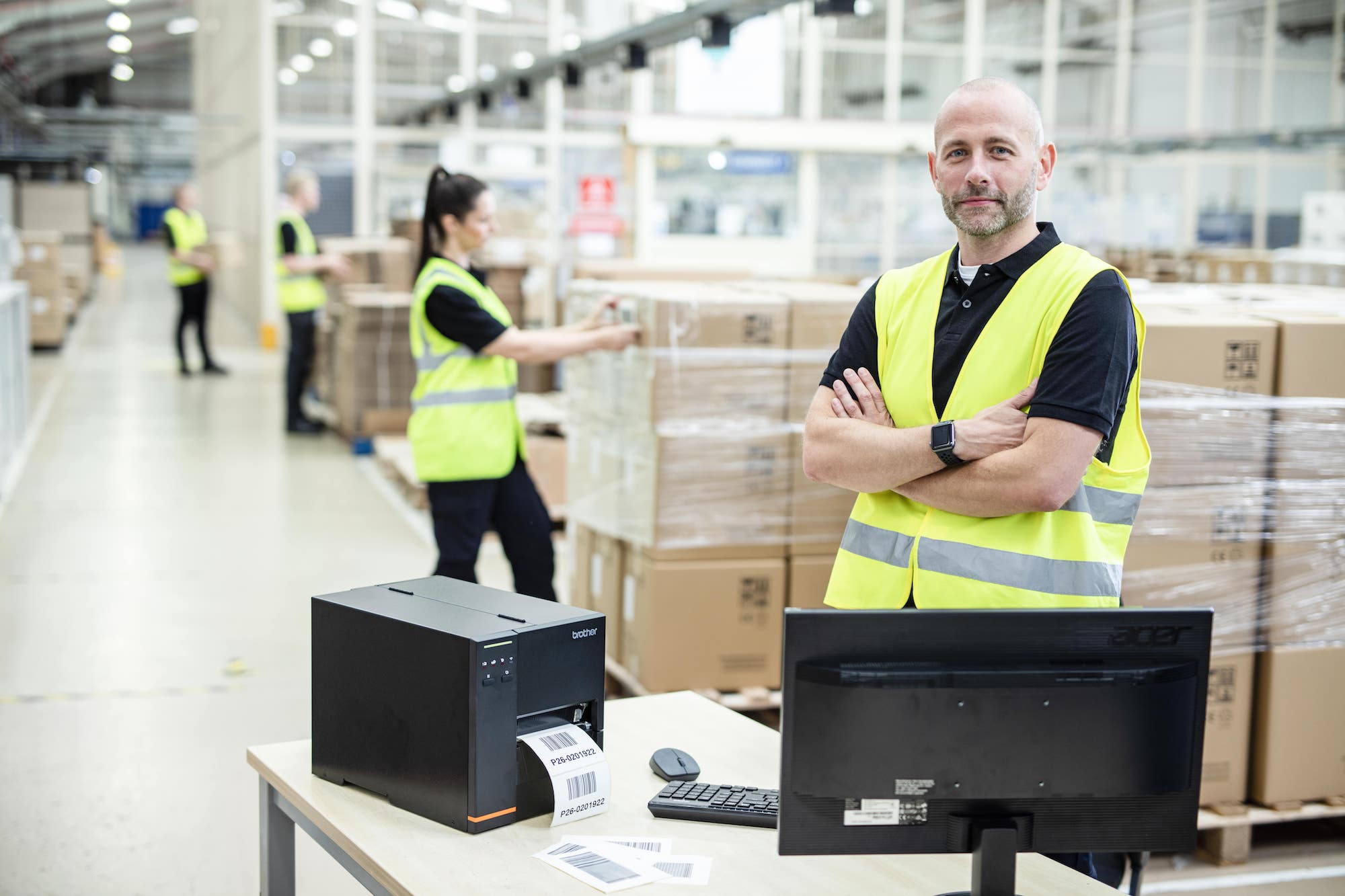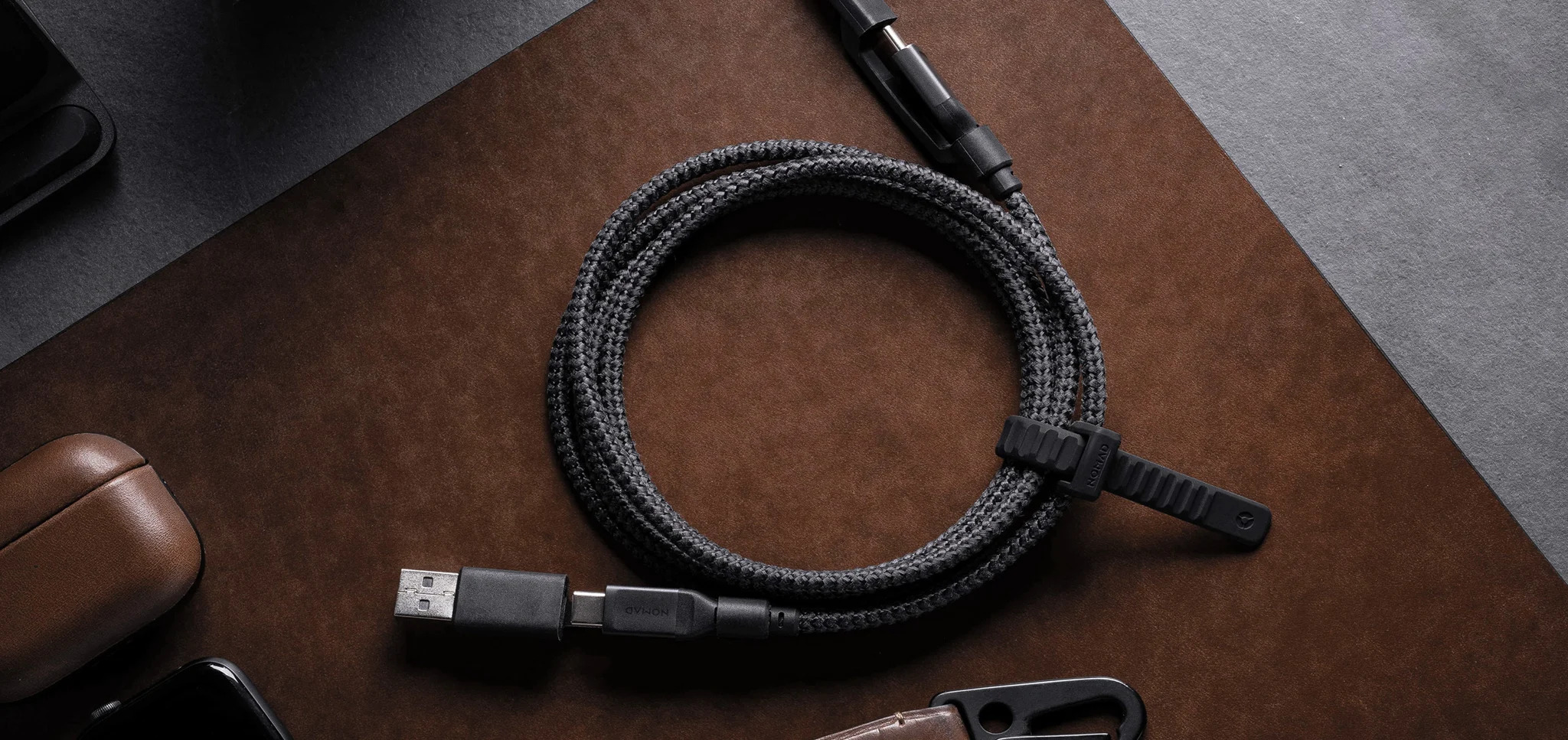The National Bureau of Statistics has confirmed that China is the first country to recover from the recent financial crisis; pulling Australia with it and emphasising China’s importance to us. China continued to grow at an unprecedented rate, even through the economic downturn and looks set to expand and operate out of the challenging Australian market. Competing in areas such as Consumer electronics, IT and Telecommunications will be of course challenging considering the existing price war in the retail sector and the stranglehold that major vendors have in many product lines.
However, with this unprecedented growth and cheap manufacturing capabilities, it is only a matter of time before we see more and more Chinese products on our shelves. There will be the same issues that existing Japanese and Korean electronics manufacturing giants have faced and defeated within Western markets. Considering the “brand stigma” that these organisations have already overcome through increased consumer perception of their brand quality and servicing, much of that battle has already been won for them. But what challenges do these Chinese organisations face operating out of Australia? These challenges relate not simply with brand recognition and potential sales, but also in managing working relationships with local staff, suppliers and partners. Some of those cultural intricacies are yet to be overcome by Korean and Japanese organisations and these Chinese manufacturers are starting from scratch.
Haier is the world’s 4th largest white goods manufacturer and the most valuable brand name in China. With 29 manufacturing plants, 8 comprehensive R&D centres, 19 overseas trading companies across the world and more than 50,000 global employees, Haier has developed into a giant multinational company. In 2008, Haier gained global revenue of RMB119 billion.
Haier manufactures a range of products from White Goods (microwaves, air conditioners, front load washers, top load washers, commercial air conditioners, dish washers, refrigerators) to AV products (DVD players, TV’s), laptop computers in the IT category and mobiles phones in the telco sector.
However, in Australia, it is early days for Haier, and their product offerings are limited only to White Goods.
“The main issue is that Haier in Australia is not yet a brand name, however its top level management team expect results like we are,” a sales account manager explained.
“Haier is a number one brand in China, but locally in Australia, the dominance is not there and the Chinese head office continues to ask questions as to why this is not the case. Haier’s strength is in its manufacturing capability and excellent products, but without local brand recognition and structured marketing programs in place, Haier will struggle to meet its budgets and its high expectations.”
Haier is not yet on the top of consumers’ minds when making purchasing decisions, and until that is the case they will not be able to compete with the bigger players.
Internally, there were some communication based issues and cultural issues, but with the company not yet fully launched and limited staff, they were yet to experience any major HR issues.
“The Australian subsidiary of Haier is yet to boast a HR department; but do possess a local team of office staff (other than one ex-pat) and a local CEO. There were however, plenty of difficulties in dealing with Chinese product managers who would travel to Australia to review the market and sales results. With very little local market understanding and very little English, not much was achieved by their visits.”
The opportunities for Chinese Manufactures are endless, but to compete in Australia local consumers need more than a cheap price and a solid product to entice them. How Chinese organisations partner with local businesses, employ and retain local staff to provide ongoing support and service to customers and how they develop meaningful sales and marketing campaigns specific to our region will be where their fate will be decided in the long run.








